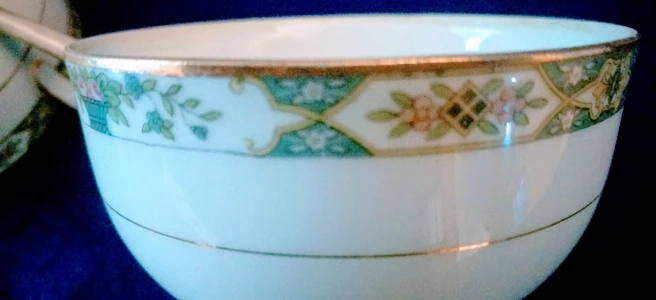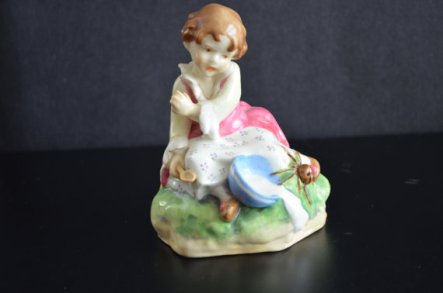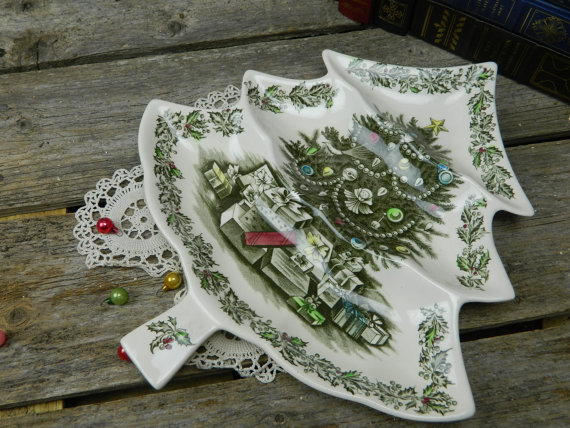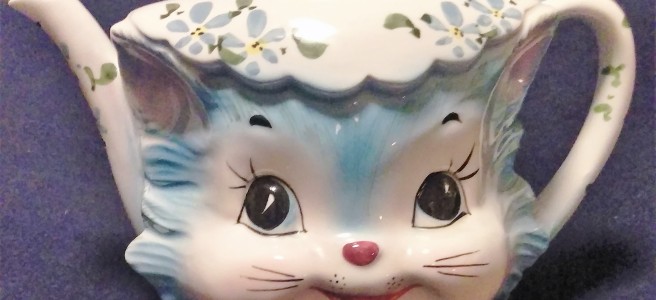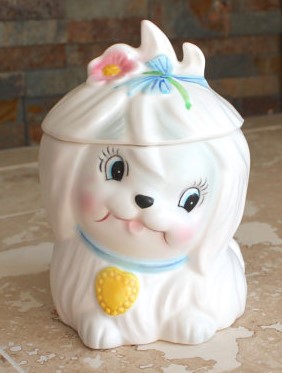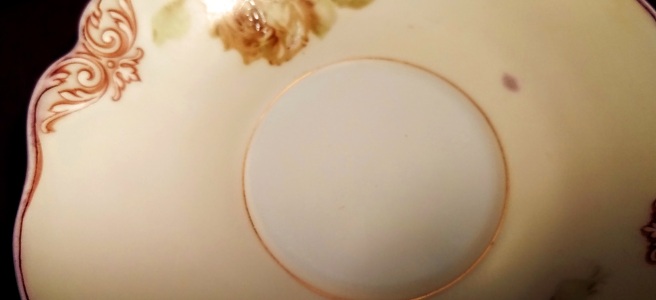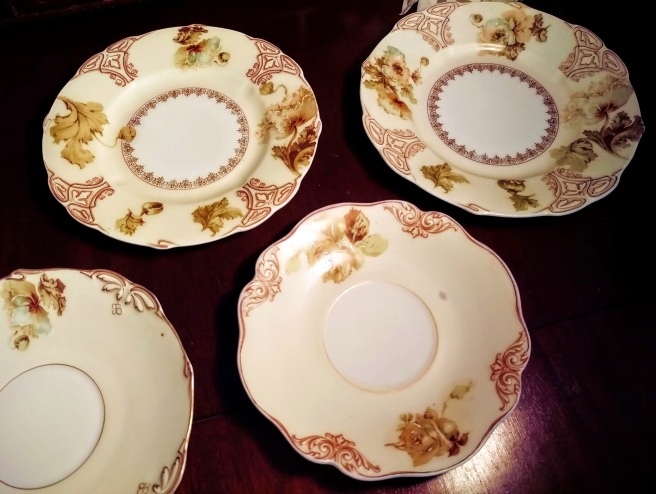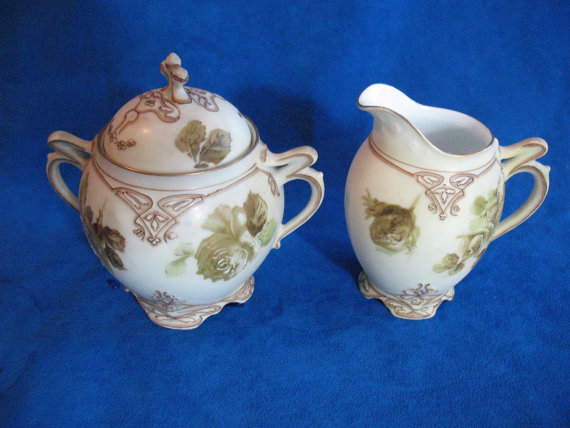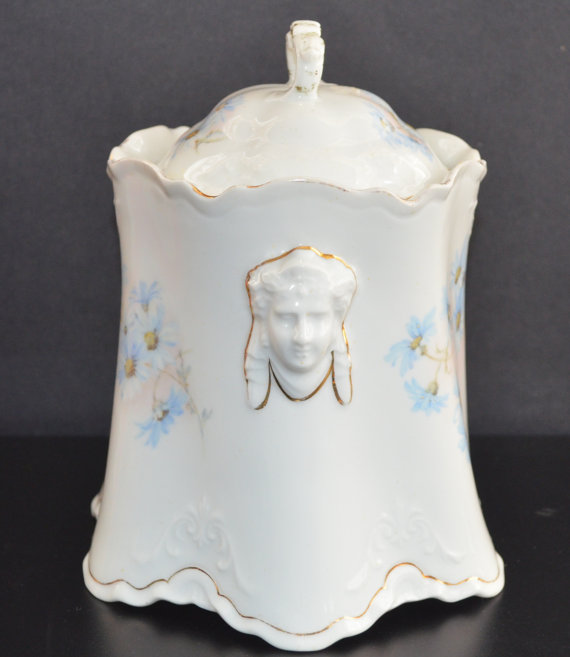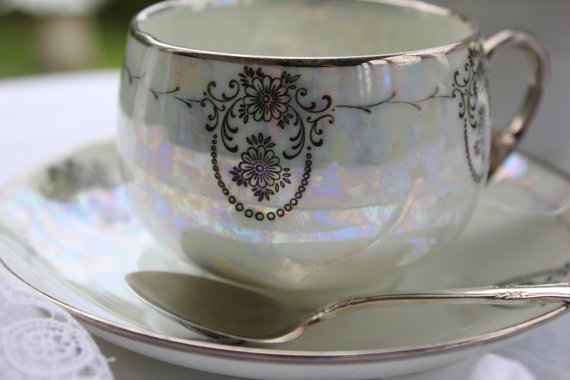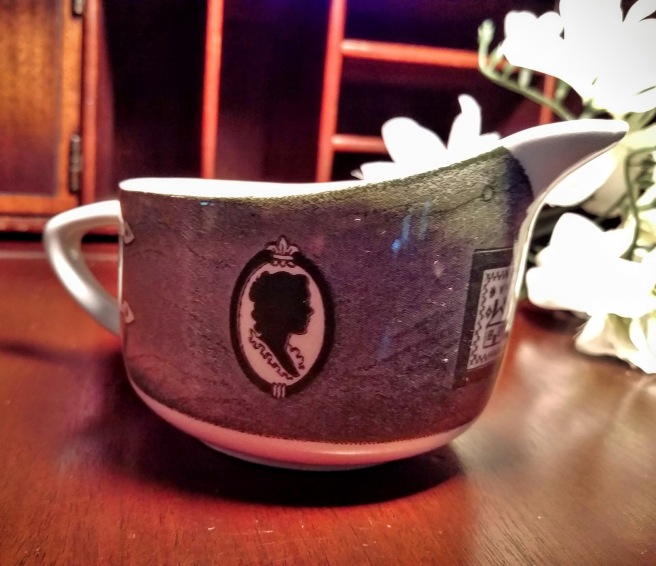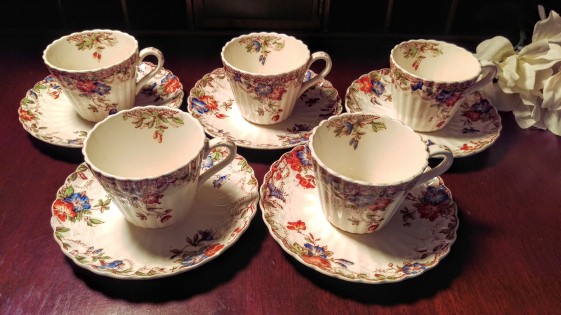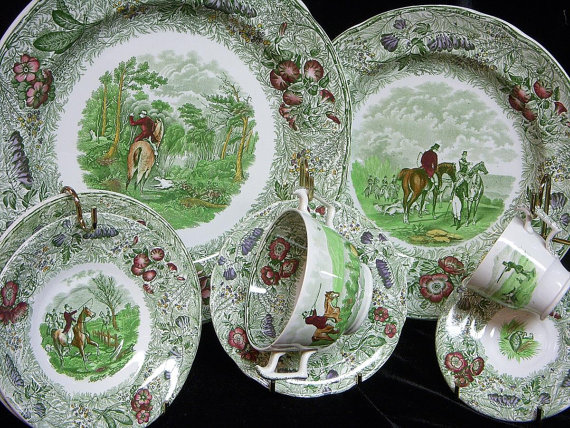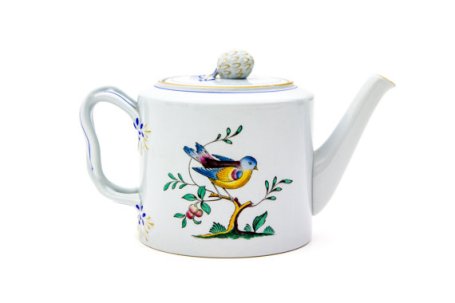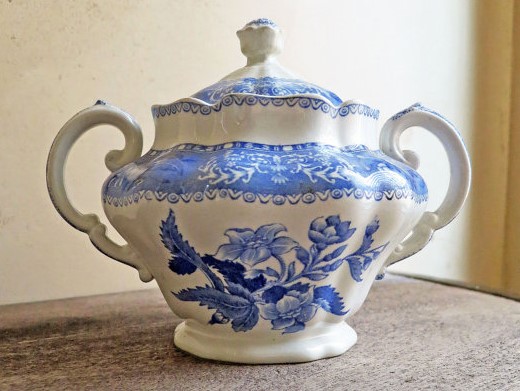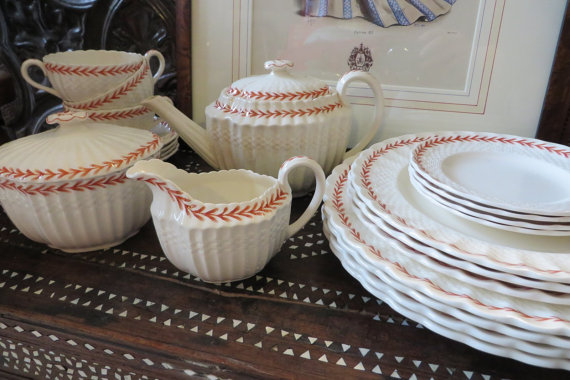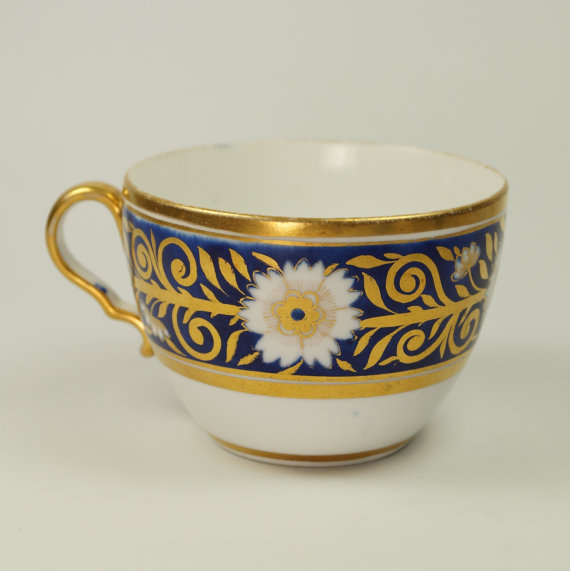I hope you have been enjoying this summer. Well, here it is summer. It’s been very hot and humid this year in southern New Hampshire, but life is good. Since we only really have three or four months of warm weather, I’ll take it!
As always, I have been on the hunt for new things to add to the Vintage Eve’s shop this summer. I’ve come across some nice pieces, too! I am definitely drawn to fine china. It’s part of my obsession with vintage kitchen stuff (as if you couldn’t tell from reading this blog), but that’s why I have the shop — to support my habit, which in turn allows me to buy more. It’s a circle.
I happen to have a few pieces by Noritake and I was wondering the other day how long they have been in business. So, here we go.

Noritake started as a trading company in 1876. According to Noritakechina.com it was the baby of the Morimura brothers. Ichizaemon Morimura decided to open an export business, mainly to keep money flowing into his country, and he sent his brother, Toyo, to New York to open Morimura Brothers, an import business. Very smart really. Morimura Brothers imported china and other items for sale in the U.S., exported by the other brother, Ichizaemon (Noritake.co.jp).
In Noritake, a small suburb of Nagoya, Japan, a factory was created in 1904, particularly to create fine porcelain dinnerware to export to the United States. It didn’t happen until 1914, though, that they were able to accomplish this feat. There was a lot of trial and error to get a dinnerware line that could be exported.

Most of their designs were hand-painted in the beginning with a liberal addition of gold embellishment. As they grew, they perfected their manufacturing techniques and Noritake took off. Noritake china is now sold world-wide. Originally, the brand was called “Nippon Toki Gomei Kaisha,” which eventually became Noritake Company, Limited.

Their backstamps, or porcelain marks, vary greatly. The earliest one is a circle with a “Maruki Mark,” dating to 1902. There is also a “Royal Sometuke NIPPON” mark that dates to 1906. One registered mark in 1908 is an “RC” underlined over a fulcrum with “Noritake” underneath. There is an extensive list of marks with pictures at http://www.noritakecollectorsguild.info/bstamps/. Check them out.
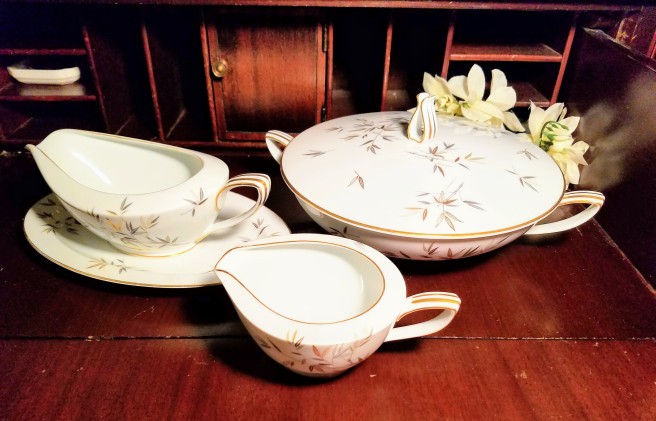
It was very interesting that two brothers started this company, and that it is still in business. The company managed to diversify into many different fields, which served them well. Along with fine china, the company currently creates grinding wheels for various industries, their printing and color mixing techniques are used in technology, including automobiles, and their engineering techniques are used in yet other areas of industry. They survived during the Occupation years after WWII, and continued to create and diversify into present day.

I hope you enjoyed learning about this company with its rich history. Japan itself is a beautiful country. My daughter recently returned from a school trip there, and her pictures are amazing.
I hope that you enjoy the rest of your summer (if it’s summer where you are!). I will enjoy the roughly 60 days before it turns colder here, although, I’m more a fan of Autumn in New Hampshire, anyway. If you’ve never experienced a Fall in New Hampshire, with the burst of oranges, golds, and reds, it’s amazing, and only lasts a month, maybe a month and a half if you’re lucky. I’m hoping for a long Autumn before the snow flies. Have a great week!

